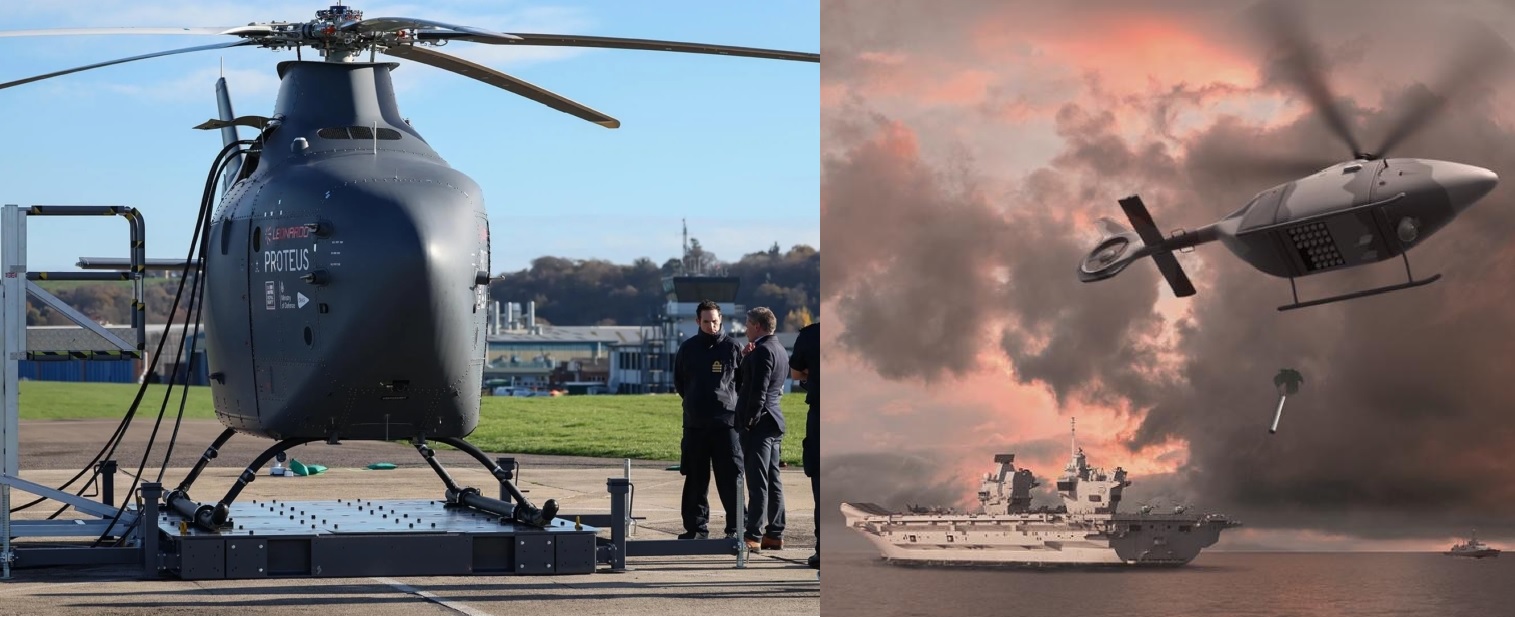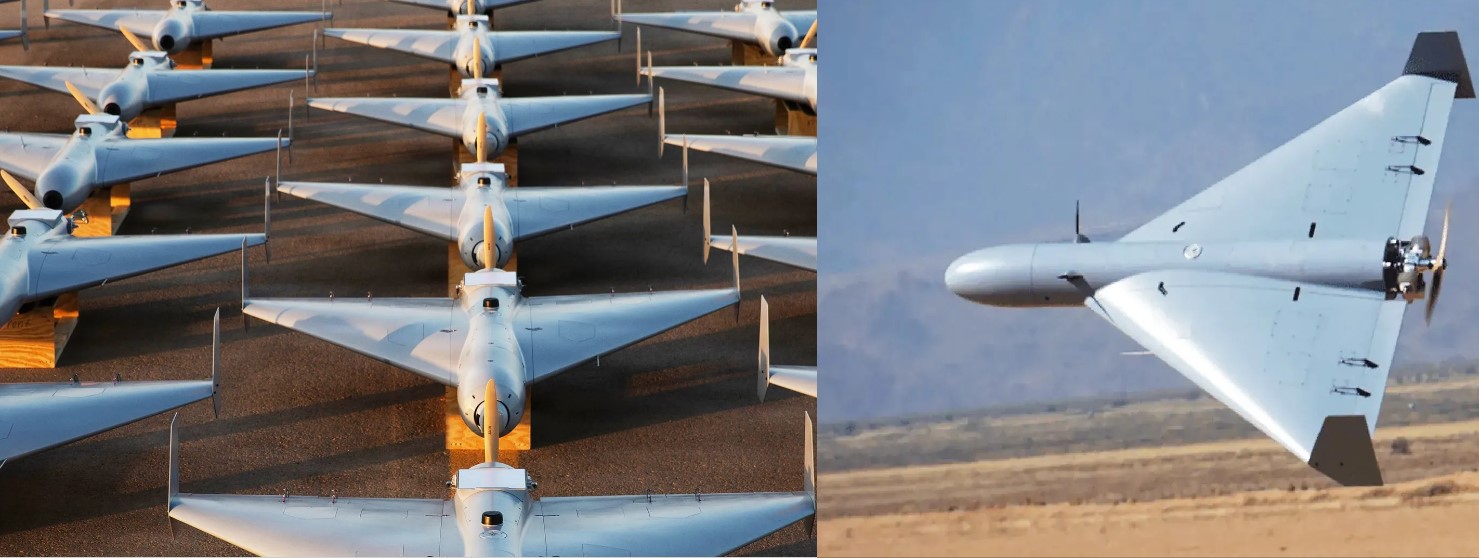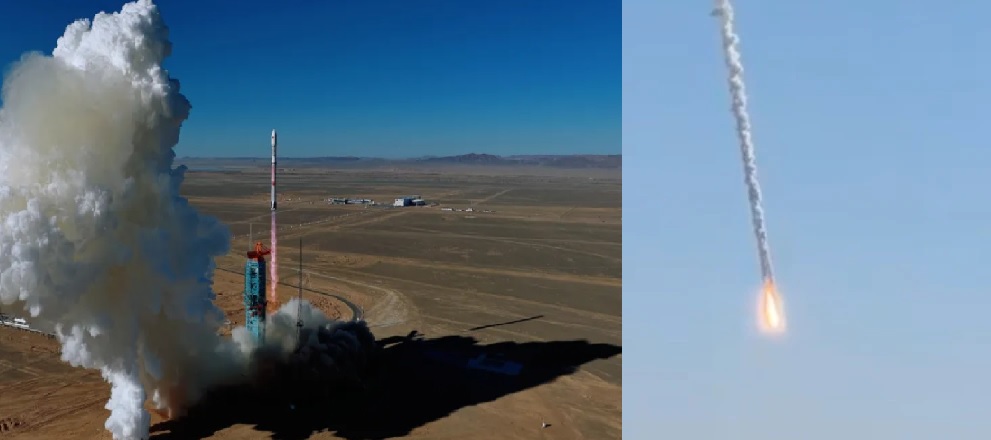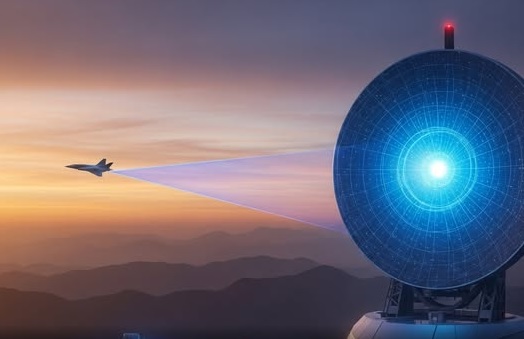DRDO Successfully Tests Scramjet Engine for Over 1,000 Seconds For Hypersonic Missiles
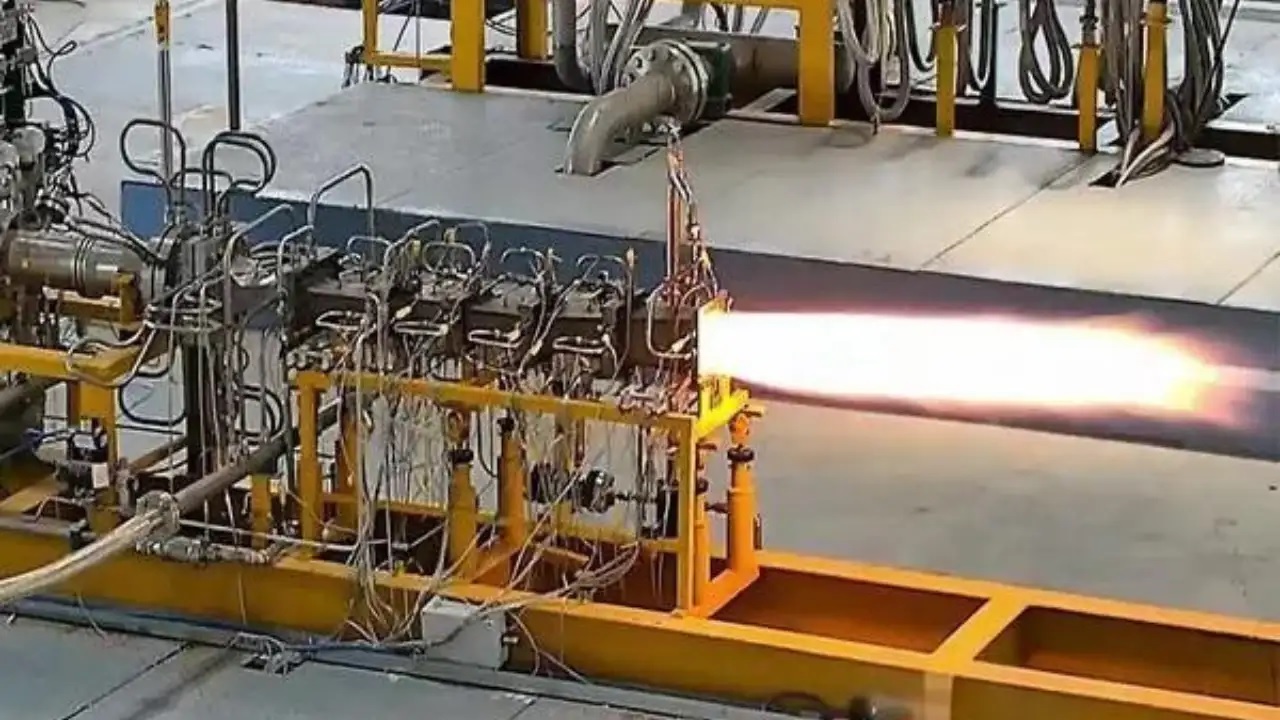
India has taken a major step forward in developing hypersonic weapon systems. On April 25, 2025, the Defence Research and Development Organisation (DRDO) achieved a historic milestone by successfully testing a scramjet engine for more than 1,000 seconds. This long-duration ground test was conducted at the newly built Scramjet Connect Test Facility (SCPT) in Hyderabad. With this, India joins the ranks of a select group of nations working on advanced hypersonic technology.
What Makes This Achievement Special?
This test was conducted by the Defence Research & Development Laboratory (DRDL), a key Hyderabad-based DRDO lab. The scramjet combustor that was tested is designed to run at hypersonic speeds — over Mach 5 (five times the speed of sound, or around 6,100 km/h).
What makes this test even more significant is its duration. The scramjet engine ran for over 1,000 seconds (around 16.6 minutes) — an eight-times longer run than the previous test conducted in January 2025, which lasted for 120 seconds. This marks one of the longest scramjet engine tests in India so far, proving the robustness of the combustor’s design and the reliability of the newly established test facility.
Defence Minister Rajnath Singh called this accomplishment a reflection of India’s strong commitment to developing hypersonic weapons technology and praised the joint effort of DRDO, industry partners, and academia.
What is Scramjet Technology?
A scramjet, or Supersonic Combustion Ramjet, is a special kind of air-breathing engine designed to operate at hypersonic speeds. Unlike normal jet engines, scramjets have no moving parts like turbines or compressors. Instead, they rely on the vehicle’s own speed to compress the incoming air before mixing it with fuel for combustion — all while keeping the airflow supersonic throughout the engine.
Operating a scramjet is extremely challenging because, at such high speeds, the air passes through the engine in milliseconds, making it difficult to maintain stable combustion. Engineers often compare this to “keeping a candle lit in a hurricane.”
The scramjet tested by DRDO includes an active cooling system to handle the extreme temperatures generated during hypersonic flight. Without efficient cooling, the engine could overheat and fail within seconds.
Specifications and Key Features
Here are some important technical details about India’s scramjet engine system:
-
Type: Active Cooled Scramjet Subscale Combustor
-
Test Duration: Over 1,000 seconds
-
Speed Capability: Designed for speeds exceeding Mach 5 (over 6,100 km/h)
-
Facility: Scramjet Connect Test Facility (SCPT), Hyderabad
-
Cooling Mechanism: Active cooling system to withstand extreme thermal stresses
-
Combustion Stability: Advanced flame stabilization techniques at supersonic airflow
-
Application: Hypersonic cruise missiles and potentially future spaceplane concepts
Why Hypersonic Cruise Missiles Matter
Hypersonic cruise missiles powered by scramjets can fly faster than Mach 5 for extended periods while maintaining control and thrust. Unlike hypersonic gliders, which coast after an initial boost, scramjet-powered missiles continuously generate thrust, allowing them to travel faster, farther, and stay manoeuvrable throughout the flight.
This makes them extremely difficult to detect and intercept using current missile defence systems. Such weapons can potentially penetrate even the most advanced air defence shields, giving the possessing nation a decisive strategic edge.
Strategic Importance for India
This breakthrough will have a big impact on India’s defence posture:
-
Enhanced Deterrence: Hypersonic weapons offer unmatched speed and evasiveness, bolstering India’s deterrence capabilities.
-
Indigenous Capability: Reducing dependence on foreign technology and strengthening self-reliance in advanced defence systems.
-
Technological Edge: Contributes to India's growing expertise in high-speed propulsion, aerospace engineering, and materials science.
-
Future Potential: Apart from defence, these technologies could be adapted for next-generation space launch systems and high-speed transportation.
Challenges India Has Overcome
Hypersonic systems are extremely difficult to develop because of:
-
Intense Heat: Temperatures during hypersonic flight can melt conventional materials.
-
Combustion Control: Keeping fuel burning at supersonic speeds is technically complex.
-
Aerodynamic Forces: Managing stability, control, and structural strength at such speeds requires cutting-edge design.
This 1,000-second test proves that India has addressed several of these challenges, validating both the combustor’s long-duration performance and the reliability of the new test infrastructure.
What’s Next?
With this successful long-duration test behind them, DRDO scientists are now preparing for full-scale flight-worthy combustor testing. This will be followed by the eventual flight test of a hypersonic cruise missile powered by an indigenous scramjet engine — a move that could place India among the world’s top hypersonic powers.
Further developments are also expected to influence India’s future space exploration missions and high-speed civil aviation concepts.
India’s DRDO has achieved a major technological milestone by successfully testing an active cooled scramjet engine for over 1,000 seconds. This test marks a crucial leap toward developing operational hypersonic cruise missiles and reflects the nation’s growing capability in indigenous defence technology.
As India advances toward full-scale flight testing, this achievement not only enhances the country’s strategic deterrence but also strengthens its position as a technological leader in the global defence and aerospace sector.
✍️ This article is written by the team of The Defense News.
